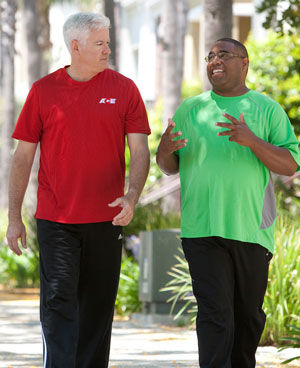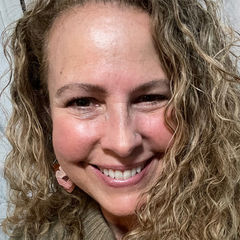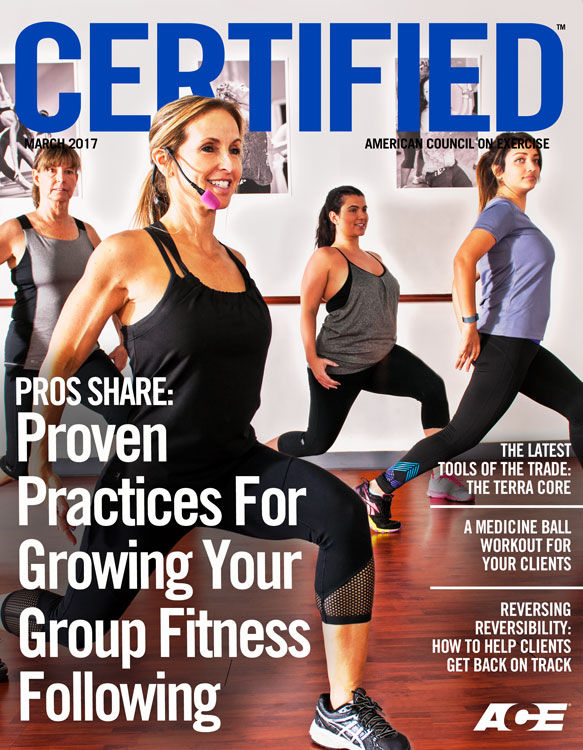
This is the first article of a three-part series on setting up your health coaching practice.
When I was first trained in life and health coaching, I was so excited to have a whole new skill set to use with clients. But after the initial training and certifications were complete, I had more questions than answers clogging my brain. I knew how I had set up my personal training business, but would that same framework apply to my coaching practice?
Key Points to Remember
- A first important step is to identify your niche market and the type of clientele you want to serve.
- As a health coach, you may choose to offer comprehensive programs that clients complete with you as their coach, either one-on-one or in a group.
- Deciding what to charge is one of the most difficult things you'll wrestle with as a health coach. While there are no clear-cut guidelines on how to figure out what to charge, you must value yourself and your time.
- Rather than tell potential clients what you charge or what the cost is, reframe it as an investment, because that's really what it is—an investment in themselves. The word investment feels more valuable than charge, cost or price, and feels like a more substantial commitment.
- As you gain experience, you’ll have more leeway and confidence to increase your rates.
- Consider how you can offer more value to your clients, because consumers want to feel as if they're getting something special or extra for their dollar.
First Things First
As a health coach, you may be thinking that health is your niche. In a way, it is, but you will benefit from defining your target audience beyond just “health.” For example, will you be working with women, men, children, seniors or teenagers? You can narrow that even more to specific age groups—teen girls, teen boys, menopausal women, perinatal women, mothers, fathers…? Is your specialty weight loss, gluten sensitivity, heart disease, diabetes, cancer, stress…?
If you’re not sure what your niche is or should be, consider the things that you are passionate about. What really excites you? It's O.K. to begin with a population with whom you're most comfortable. For instance, I trained mostly women before I began my transition to coaching, so coaching women became a natural extension of my training. I wasn't sure exactly what I wanted my coaching niche to be within the umbrella of “women,” and went back and forth several times before deciding on women who want to be more confident in who they are, as well as women who suffer from depression and anxiety.
Should You Offer Programs or Freestyle It?
As a health coach, you may choose to offer comprehensive programs that clients complete with you as their coach, either one-on-one or in a group. Each program lasts a certain length of time. For instance, a weight-loss jumpstart program might be four weeks long. Other programs might be three or six months. Some common types include weight loss, stress management and programs for specific health conditions.
Then there's more personalized coaching for those who don't want to follow a program. This approach to coaching uses various coaching questions, frameworks and motivational interviewing techniques to individualize a client's program. This form of coaching can be offered as packages, typically as three-, six-, nine- and even 12-month commitments.
“I offer various programs and packages, along with a ‘free-range’ option,” says Karyn Bender, R.Ph., integrative pharmacist and transformational health and nutrition coach based in Littleton, Mass.

Bender, who is also a member of Dr. Andrew Weil's medical review board, offers one-on-one coaching in one-month, three-month and six-month packages. She also has 90-day programs on specific conditions for small groups.
Vanessa Broers, owner of Sweat & Butter Weightless Coaching and Vanessa Broers Coaching, has a different take on programs. “I stopped offering [what I normally referred to as] programs and instead now offer partnerships,” explains Broers. “The use of the word ‘program’ suggested that there would be an end. The women and coaches I work with all tend to struggle with ‘I keep having to restart when I fall off’ and I wanted to create a different frame around our work. A partnership implies that it's a journey, one that continues indefinitely.”
Broers explains that framing a program as a partnership removes some of the stress of there being an end to a program and the feeling of “Now what?”
“I tell each of my clients, ‘There is no program, there is no agenda. You are both the program and the agenda and the partnership changes as your needs evolve,’” Broers says.
While Broers offers a variety of commitment levels, she has eliminated the shorter ones. “I offer a three-, six- and 12-month partnership,” she says. “I eliminated the four-week jumpstart because I had it as an ‘easy yes'’ option to get people in the door. Then I realized that I didn't want the ‘yes’ for my clients to be easy. I want it to be one of the hardest decisions they ever make. An easy yes is one that is also easy not to commit to."
Just like her clients, Broers is constantly transforming and fine-tuning her practice, as well. “I'm also considering eliminating my three-month option,” she adds. “This is both for me and my clients. A longer commitment eliminates some of the worry for my clients that they won’t change by the time the commitment time ends or create results fast enough. I want them to just let go and absorb into the process without the pressure of time breathing down their necks.”
Offering programs as a new coach, however, can have its benefits. If your offerings are clear and structured, they can serve as a springboard to jump off into other areas or uncover issues with that topic. For instance, if you offer a weight-loss program, you’re likely to uncover your client's past issues with weight loss and why the current program has been unsuccessful to date.
For example, during a coaching conversation with one of my clients, a recovering alcoholic, she recounted from childhood how strict and critical her mother was of her weight and what she ate. She had a loving grandmother, however, who was “plump” and allowed her the freedom to eat what she wanted. In the course of our conversation, she realized that she equated eating what she wanted and having a larger body with love; it was her also her comfort zone. As we were talking, she also stopped and blurted out, “Look, they took away my alcohol, they took away my cigarettes and they took away my husband (who had passed away from cancer). They're not taking my food!” It was an unquestionably revealing ah-ha moment for both of us.
Ready, Set, Charge!
What to charge is perhaps one of the most difficult things you'll wrestle with as a health coach. The bottom line is there are no clear-cut guidelines on how to figure out what to charge.
First, however, you must value yourself and know that you have something of worth to offer. Second, people are more likely to commit when it’s a little uncomfortable to their bank accounts, yet still doable. If you charge too little, people are likely to feel that what you offer is of little value. Still, you have to determine what’s appropriate for both you and your potential clients, particularly given your current level of experience.
“I'm starting low on price,” says Bender, “to work out the kinks and gain practice. It’s not about worthiness. It’s about getting my skills honed and feeling good about what I can provide.”
Currently, Bender’s price point is $125 to $175 per hour. It’s important to remember, however, that you do not advertise hourly rates. Rather, you want to charge per month, per package or per program.
Here’s another important sales point to remember: Rather than tell potential clients what you charge or what the cost is, reframe it as an investment, because that's really what it is—an investment in themselves. The word investment feels more valuable than charge, cost or price, and feels like a more substantial commitment.
Of course, as you gain experience, you’ll have more leeway and confidence to increase your rates.
“My price point changes as my energy about getting a ‘yes’ changes, Broers says. “It's more of a feeling than a strategy for me. I will say that I have increased the investment for my program by 10 times over the last three years. Every time I do it, I feel sick for a few weeks, energetically push conversations away, and get a ton of ‘no’s’ because I am afraid of my own price. That’s when I know it's the right one.”
As you reflect on what to charge for your programs, partnerships or packages, also consider how you can, in turn, offer more value to your clients. Consumers want to feel as if they're getting something special or extra for their dollar, and it doesn't have to be expensive on your end. In fact, it could be another avenue for marketing your services. For example, you could put together a small welcome gift bag with promotional material, such as a pen and a journal, that bear your logo. If you simply raise your cost to them, without offering something more in return, your attempt at making more money may be futile.





 by
by 






